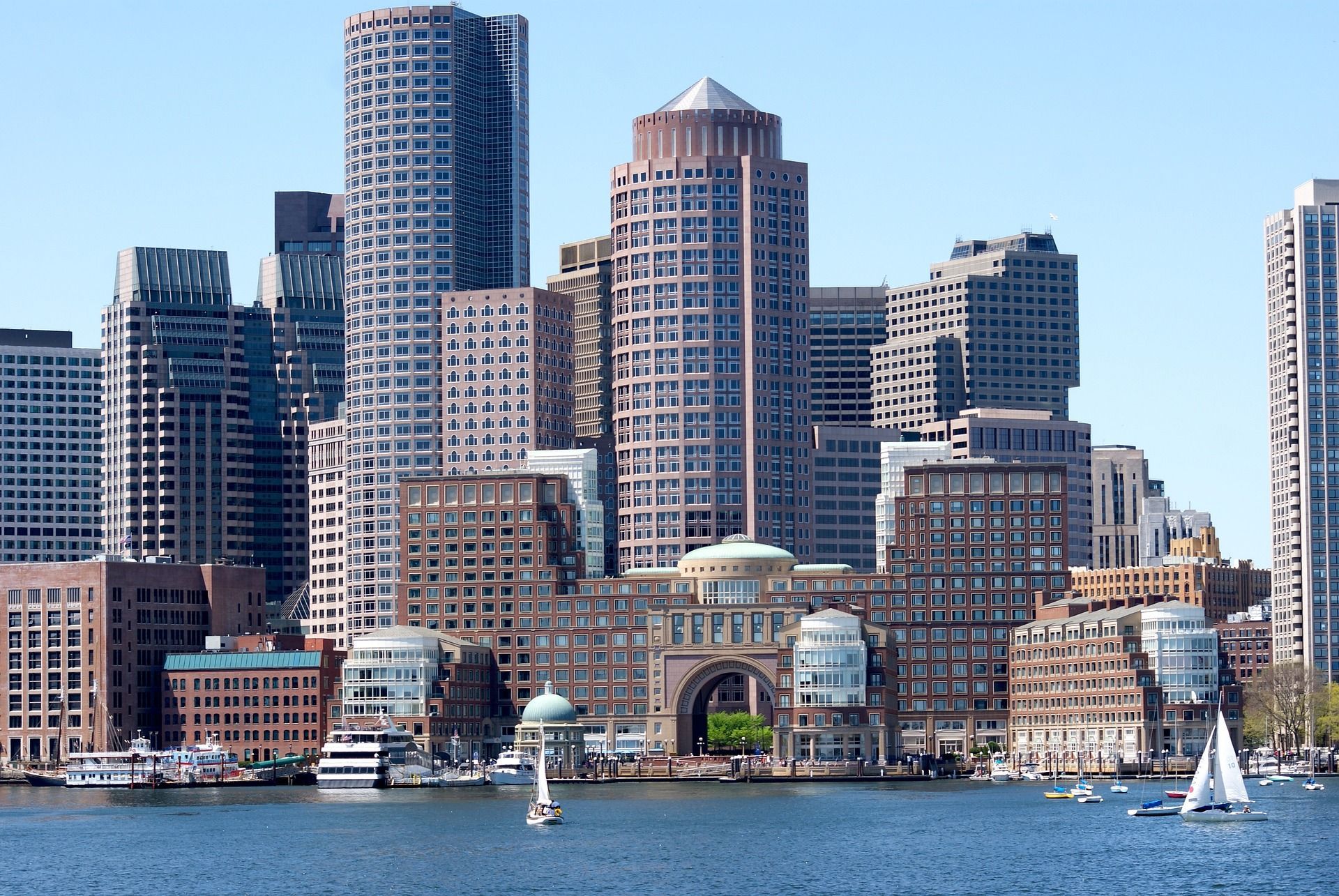Navigating the World of Changing Energy Codes

As Professional Engineers we are Constantly Monitoring the latest Energy Code Requirements so we can provide the right solutions for our client’s project needs. In our annual spring newsletter we summarize some of the most important changes and questions surrounding the Latest Energy Code Requirements in Massachusetts and throughout the US.
STARTING WITH WHICH CODE DO I FOLLOW?
Almost any Energy Code throughout the country is going to very similar to the latest versions of the International Energy Conservation Code (IECC).
Code adoptions vary from jurisdiction to jurisdiction and are constantly changing. For the latest code requirements to go by, it is best to directly refer to the website of the jurisdiction where the project takes place.
In Massachusetts energy codes vary by jurisdiction with each one enforcing one of the three codes below:
- Base Energy Code (Still as of this writing currently based on the 2018 IECC per the MA DOE website)
- Stretch Code (Based off of the 2021 IECC + Stretch Code Amendments)
- Specialized Stretch Energy Code (Based off of the 2021 IECC + Stretch & Specialized Code Amendments)
The following link is a great resource for current code enforcement across the commonwealth of Massachusetts: https://www.mass.gov/doc/building-energy-code-adoption-by-municipality/download
FREQUENTLY ASKED ENERGY CODE QUESTIONS
1. Does my Jurisdiction’s Latest Code Requirements Prohibit Gas Appliances and/or Require an all Electric Building?
Answer: No Version of the IECC requires an all Electric Building. Even stricter codes such as California’s Title 24 have yet to institute a statewide or citywide ban on gas stoves for new construction being built today. The MA Stretch and Specialized Energy Codes as well do not flat out ban gas appliances and/or water heaters. They do, however, require that any new construction that utilizes gas be provided with provisions/connections to go all electric in the future.
Renovations within existing buildings that have gas services are allowed to keep their gas services without electrical provisions when conducting alterations or additions under 1,000 square feet under both the stretch and specialized codes. Larger additions are still permitted so long as when they stand alone they meet the latest code requirements even if the rest of the building doesn’t.
Ultimately, the interpretation and enforcement of the energy codes falls on the authority having jurisdiction (AHJ). Before going ahead with a project it is always important to contact and document all communication with building inspectors and plan reviewers to know exactly what is being enforced and what is being grandfathered in.
2. What are the requirements for EV charging in New Construction?
Answer: As with Gas Limitations, EV Charging requirements were ruled out of the 2021 and all earlier versions of the IECC. The 2024 IECC will address EV readiness but only in commercial buildings. However, many local, predominately urban, jurisdictions, have extended their codes to enforce EV new installations and/or future use provisions for both commercial and residential parking.
For example, cities like Boston and Denver require at least one EV spot in all one and two-family dwellings with onsite parking.
In Boston the 75/25 rule is applied requiring parking for all new large projects (typically projects that require the Boston Transportation Department’s TAPA approval and/or are 50,000 square feet of gross floor area or larger) to be fully EV ready. Parking garages in such projects are required to have 25% of their spaces equipped with EV charging and the remaining 75% be equipped with future EV charging provisions.
The MA Stretch and Specialized Code requires 20% of parking to be Level 2 EV ready in all buildings. For buildings under the stretch code, the 2023 NEC requires the load of these stations to be at minimum 7200W. Jurisdictions following the Specialized Code require the calculated load of such spaces to be even higher at 9.6kW. For reference each 9.6kW charging station adds about 27 Amps of load to a building on three phase service and 40 amps to a building powered by single phase electrical service. This leads to the demand of much larger, more expensive electrical gear and feeders.
3. What are Heat Pumps and are they more expensive and/or more energy efficient than conventional gas furnaces?
Answer: We see heat pumps being used a lot more in today because they are much more energy efficient at cooling than traditional AC units. They do that by pumping heat away rather than generating cool air. The addition or Energy Recovery Ventilators or ERV’s make these systems even more efficient.
While they are far more efficient with cooling they do not do quite as well with heating, especially in extremely low temperatures. To pump heat out of extremely cold single digit and sub-zero temperatures, these units must work extra hard which leads to a much higher peak electrical load with heating than with cooling. And more power doesn’t always solve the problem. In extreme cold, it is not uncommon to see heat pumps systems requiring supplemental heat such as baseboard or duct heating. On top of that, since heat pumps provide both heating and cooling they will run down faster and need more frequent service and replacement than a standard AC system. Especially in colder environments, gas heat remains the cheaper, more efficient, and more reliable option.
If gas is not an option for you expect more service costs, bigger electrical service sizes, higher electric bills in the winter, and those baseboard heaters many of us thought were a thing of the past to continue make a comeback.
4. Are Tankless or Tank Water Heaters Better? Are either of them required, prohibited, or limited by current codes?
Answer: This depends what you mean by better, as each have their own benefits. In general tankless water heaters, have better energy efficiency, save space, provide continuous hot water, and have a longer lifespan than their more traditional tank equivalents.
However....
If you want an all electric building, the choice is mostly already made up from the get go. A typical Tankless Water Heater pulls between 24 and 35kW, nearly 4x the 6-9kW pulled by an equivalent electrical tank water heater. For reference, in residential applications that means adding anywhere from 90-150 Amps of single phase load for each water heater. Apartment/condo units that normally would need standard 100A panels suddenly need 225+ amps each. Building electrical services would often double in size. More amps makes for bigger gear, more lead time, and more materials and labor costs making tankless electrical water heaters an uneconomical option for buildings striving to go all electric.
If you are a fan of the energy efficiency, space saving, continuous hot water, and the longer lifespan of tankless water heaters, gas is really the only option. Ultimately, don’t sweat this decision to much as the traditional tank water heaters typically cost less to install and still perform very well. The extra efficiency of tankless water heaters really won’t save the average home or small business owner more than 10-20 dollars on their monthly gas bill.
OUR FINAL TAKEAWAY...
The world of navigating energy codes can at times get complicated. So much so that sometimes the staff at the building departments themselves often forgets what is and isn’t being enforced and/or how certain code sections are to be interpreted.
Revivalry is committed to lowering energy bills, lowering carbon emissions and making buildings as energy efficient as they can be. However, we have to look at the realistic costs of going all electric and bashing on gas, an energy source that has lowered energy costs for millions and been largely responsible for bringing annual carbon emissions down over the past decade by replacing coal. Just like electric cars, modern all electrical utilities have their limitations, especially in cold weather. Whether the power grid itself can continue to keep up with this growing electrical demand and still incorporate renewables also remains a concern.
Continuing to use gas where it makes sense to use, keeps construction and energy more efficient and affordable. In current economic times, supply chain shortages continue to be a major factor, especially for electrical gear. Electrifying buildings means waiting often years to order and ship bigger gear, upgrade transformers and build transformer vaults. It also leaves designers and builders with more limited heating and cooling options. And the reality is that at the end of the day, this is all just to connect buildings and cars to a power grid that at least in Massachusetts is still 80% powered by fossil fuels and doesn’t show any signs of major change, at least not anytime over the next decade.
Continuing to retrofit old and new installations with LED lighting, better insulation, and more energy-efficient HVAC equipment, whether gas or electric, such as Energy Recovery Ventilators and Heat Pumps in warmer climates, remains the more proven option for saving energy and operating costs in both commercial and residential applications.
Ultimately though, the final say goes with owners weighing their own costs and benefits and the jurisdictions signing off on the plans.
As anyone will tell you, good engineers don’t just follow code but also design cost effective solutions custom to each project and each client. When you bring our team on board we weigh all options and don’t leave any stone unturned when it comes to making sure a building has all of the power it needs, and runs as efficiently as possible. We hope you make us a part of your next project!
HIGHLIGHTING SOME OF OUR LATEST PROJECTS
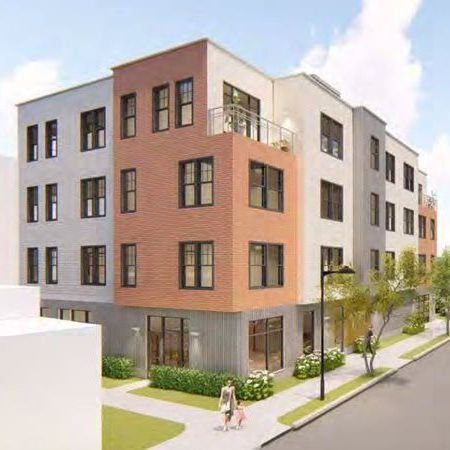
121 Brookside - Boston, MA
Client: Cedar Hill Residential

Top Mix Bar - Cambridge, MA
Client: Top Mix & McMahon Architects
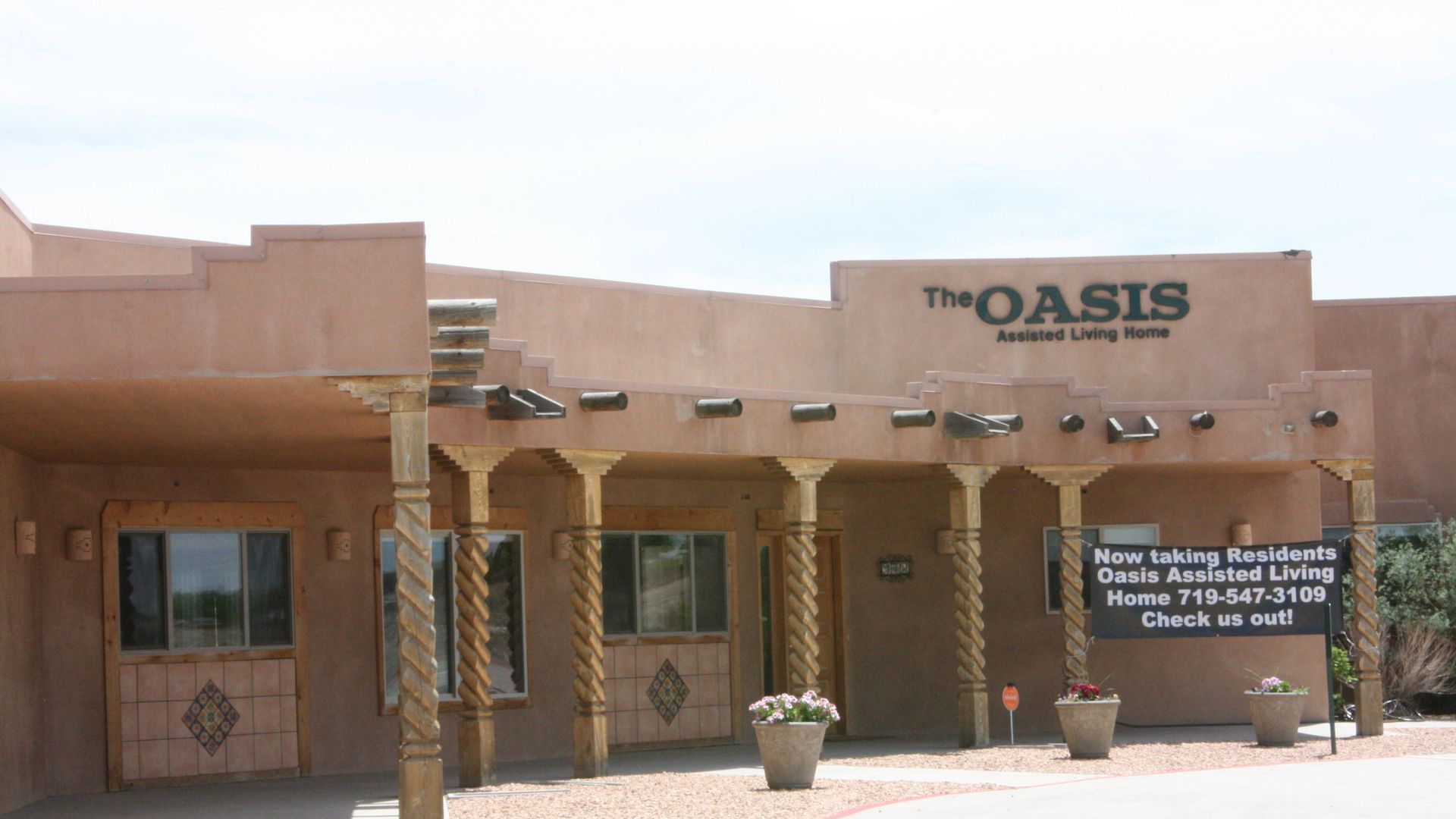
Oasis Assisted Living - Pueblo, CO
Client: BrainCare Homes
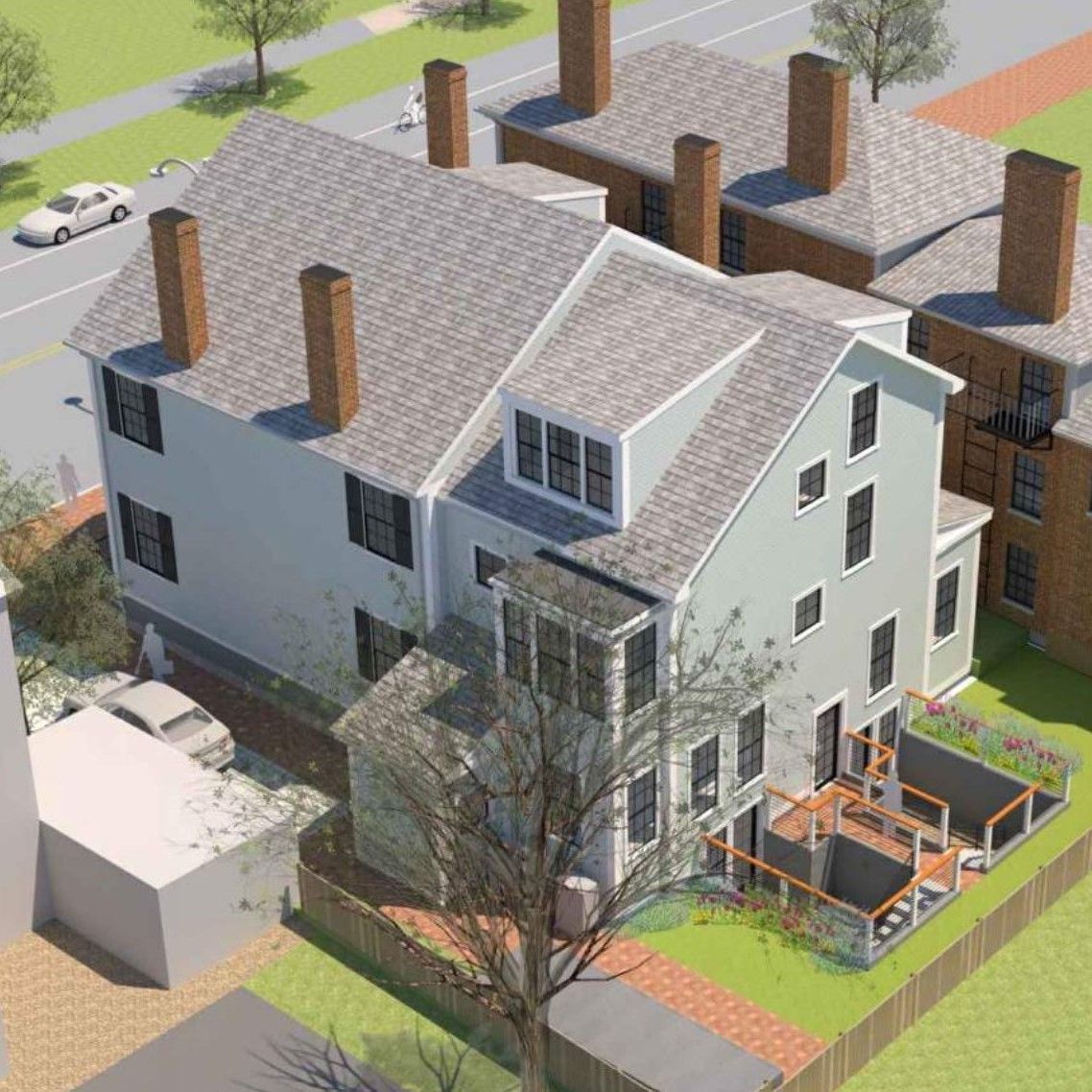
2 Garden Street Lodge - Cambridge, MA
Client: Lark Hotels
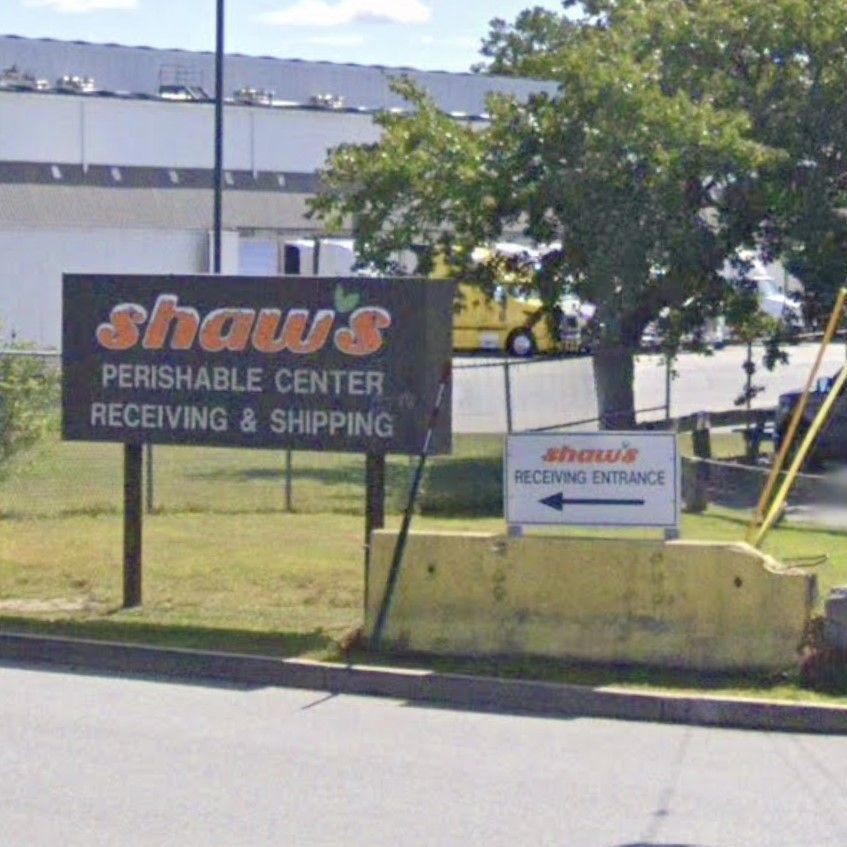
SHAWS Distribution Remodel - Methuen, MA
Client: SHAWS and RP Architectural Studio

Nuvia Dental Center - Reading, MA
Client: Seaver Construction
CONTACT US TODAY!
857-244-1461
info@revivalryeng.com
REVIVALRYENG.COM
website design by boston web partners


